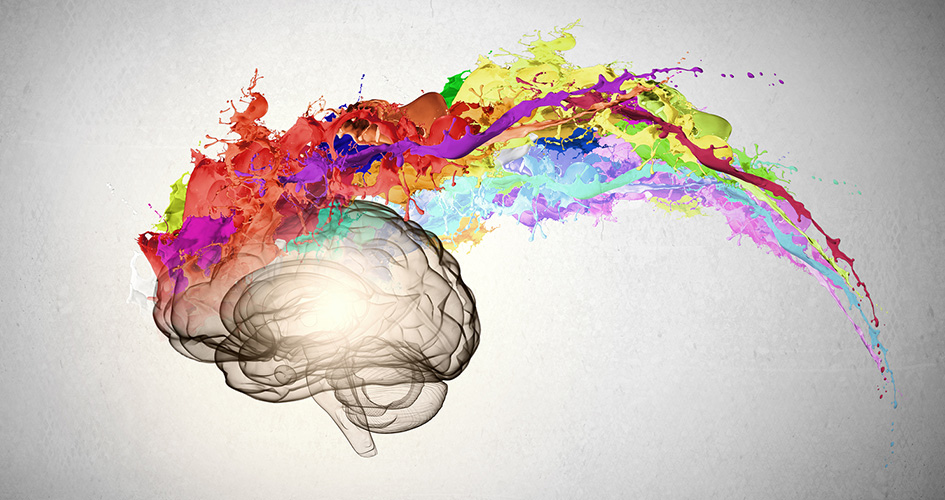In the world of e-commerce, where virtual storefronts are replacing brick-and-mortar shops, the importance of visual identity cannot be overstated. A logo serves as the face of a brand, representing its values, mission, and personality.
When it comes to online shopping, where the absence of physical interaction makes establishing trust a critical challenge, a well-crafted logo can be the bridge between a hesitant visitor and a confident customer. In this article, we will explore the significance of logo design in e-commerce, focusing on how it can capture trust and drive conversion.
Table of Contents
ToggleThe Psychology of Logos
Before delving into the specifics of e-commerce logo design, it’s important to understand the psychology behind logos. A logo is often the first point of contact a potential customer has with a brand, and it plays a pivotal role in shaping their perception. Colours, shapes, typography, and symbols in a logo all contribute to conveying a message and evoking emotions.
When it comes to building trust through a logo, certain design elements are key. Colours like blue and green are often associated with trust, reliability, and growth while avoiding overly flashy colours can prevent a brand from coming across as insincere. Clear and simple typography can enhance readability, reflecting transparency and professionalism.
Building Trust through Logo Design
In the digital realm, where face-to-face interactions are rare, building trust is challenging but essential. A well-designed logo can help establish credibility and authenticity, reassuring potential customers that they are dealing with a legitimate and reliable business. Here’s how logo design contributes to building trust:
1. Consistency: A consistent logo across all platforms—website, social media, emails, etc.—conveys a sense of stability. It assures customers that the brand is not just a fly-by-night operation.
2. Professionalism: A polished logo suggests that the brand takes its image seriously. A haphazard or poorly designed logo can create doubts about the quality of products or services offered.
3. Clarity of Message: A logo should align with the brand’s values and message. If the logo accurately represents what the brand stands for, customers are more likely to trust it.
4. Customer Experience: A well-designed logo can set the tone for a positive customer experience. A visually pleasing logo can create a sense of comfort and familiarity.
The Role of Simplicity
In the fast-paced world of e-commerce, simplicity reigns supreme. A cluttered or overly complex logo can be confusing and overwhelming. A simple, clean logo is more likely to be memorable and recognizable. When considering logo design for e-commerce, simplicity should be a guiding principle:
1. Memorability: A simple logo is easier for customers to remember and recognize. Think about some of the most successful e-commerce brands; their logos are often characterized by clean lines and uncomplicated designs.
2. Scalability: In the digital landscape, logos appear on a variety of devices and screen sizes. A complex logo might lose its impact when scaled down. A simple design ensures that the logo remains effective across all platforms.
3. Quick Assimilation: In the world of online shopping, customers often make rapid decisions. A simple logo allows them to quickly understand and assimilate the brand, aiding in faster decision-making.
Evoking Emotions and Connection
E-commerce is not just about transactions; it’s also about creating an emotional connection with customers. A well-crafted logo has the power to evoke emotions and resonate with the target audience:
1. Brand Personality: The logo should reflect the brand’s personality and values. Whether it’s a sense of adventure, luxury, or reliability, the logo should convey the desired emotional tone.
2. Audience Appeal: A logo should be designed with the target audience in mind. Understanding the demographics, preferences, and aspirations of potential customers can guide design choices that resonate with them.
3. Storytelling: A logo can tell a brand’s story in a visual nutshell. Through symbols, colours, and typography, a logo can communicate the essence of the brand’s journey and mission.
Conversion through Design
While building trust is crucial, the ultimate goal of an e-commerce business is conversion—turning visitors into paying customers. Logo design plays a role in this process as well:
1. Credibility: A professional logo contributes to the overall credibility of the website. A trustworthy appearance can encourage visitors to explore further and make a purchase.
2. Distinctiveness: A unique logo sets a brand apart from its competitors. A memorable logo can make a brand stand out in a crowded e-commerce landscape.
3. Call to Action: Clever logo design can subtly guide the viewer’s gaze towards important elements on the website, such as the “Shop Now” button, leading to increased conversions.
4. Mobile Experience: With the rise of mobile shopping, a logo that translates well to smaller screens enhances the user experience, making navigation and conversion smoother.
Adapting to Trends and Technologies
The world of e-commerce is ever-evolving, and so are design trends and technologies. A successful e-commerce logo must be adaptable to these changes:
1. Timelessness: While trends come and go, a logo should have a certain timelessness to it. A logo that remains relevant over the years ensures consistent branding.
2. Versatility: As e-commerce expands into various platforms and media, the logo should be versatile enough to adapt to different contexts while maintaining its core identity.
3. Responsive Design: With the growing importance of responsive web design, logos need to be adaptable to different screen sizes and orientations.
Case Studies: E-commerce Brands That Nailed It
Several e-commerce brands have set exemplary standards in logo design. Amazon’s arrow, pointing from “a” to “z,” cleverly signifies the wide range of products they offer.
The arrow also subtly suggests a smile, reflecting their customer-centric approach. Similarly, the minimalist yet distinctive Nike swoosh instantly evokes a sense of movement and motivation.
Conclusion
In the dynamic landscape of e-commerce, where the battle for attention and trust is fierce, a well-designed logo can be a brand’s secret weapon. It goes beyond aesthetics; it’s a tool for communicating values, establishing credibility, and driving conversions.
By focusing on simplicity, emotional connection, and adaptability, e-commerce businesses can harness the power of logo design to capture trust and secure conversions. Remember, a logo is not just an image; it’s the face of the brand in the digital realm.
Read Next: The Psychology of Logo Design and Brand Perception






![Logo Design For E-Commerce: Capturing Trust And Conversion 6 76+] Black Nike Wallpaper - WallpaperSafari](https://cdn.wallpapersafari.com/20/33/d2ctTq.jpg)